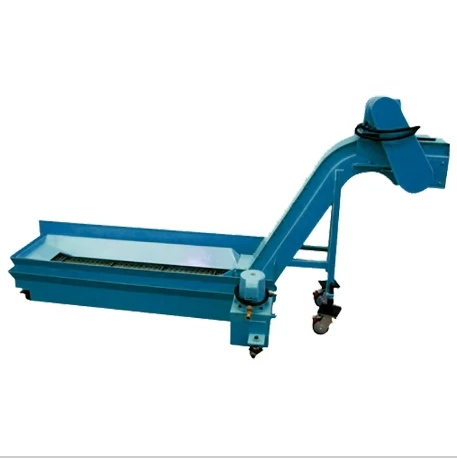Understanding the Differences Between Synchronous Belts and Timing Belts for Your Projects
Synchronous Belt vs. Timing Belt Understanding the Differences
In the realm of machinery and automotive engineering, the terms synchronous belt and timing belt often come up in discussions about power transmission methods. While these terms are frequently used interchangeably, they refer to different types of belts with varying applications, features, and advantages. Understanding the distinctions between these two types of belts is essential for engineers, mechanics, and even DIY enthusiasts looking to make informed decisions in their projects.
Definition and Function
A synchronous belt is a type of belt that uses teeth or notches to engage with matching grooves on the pulleys or sprockets. This design enables the synchronous belt to provide precise timing and synchronization of rotation between the driving and driven components. These belts are primarily made from materials like rubber, reinforced with additional fibers for enhanced strength and durability.
On the other hand, a timing belt specifically refers to a type of synchronous belt designed for engine applications. It synchronizes the rotation of the crankshaft and camshaft in an internal combustion engine, ensuring that the engine valves open and close at the correct time in relation to the position of the pistons. Timing belts are crucial for maintaining engine timing and, therefore, play a critical role in the overall performance of an engine.
Types and Applications
Synchronous belts are versatile and used in various applications beyond automotive engines. They are common in industrial machinery, robotics, and any system requiring precise movement. These belts are available in multiple designs, including open-ended and closed-loop configurations, enabling them to meet the needs of diverse applications.
synchronous belt vs timing belt

Timing belts are more specific in their uses. As mentioned, they are primarily found in automotive engines, but their application doesn’t end there. Timing belts can also be used in certain machinery and equipment where precise timing is essential. They come in various sizes and tooth configurations to accommodate different engine designs, ensuring seamless integration into specific models.
Advantages and Disadvantages
Synchronous belts offer several advantages, such as efficiency, low maintenance, and long service life. Their tooth design minimizes slippage, allowing for consistent power transmission and reducing the need for adjustments. However, synchronous belts can be more expensive initially and may require specific alignment and tensioning procedures during installation.
Timing belts, while similar to synchronous belts in function, specifically excel in the automotive sector. They are usually quieter than chain-driven systems and offer reduced weight, leading to improved fuel efficiency. Nevertheless, timing belts require regular inspection and replacement—typically every 60,000 to 100,000 miles—to prevent catastrophic engine failure due to belt wear or breakage.
Conclusion
In summary, while synchronous belts and timing belts are both vital components in mechanical systems, their applications and features differ significantly. Synchronous belts are versatile components used in various machinery, providing precise power transmission. Timing belts, a subset of synchronous belts, play a specialized role in automotive engines, ensuring proper synchronization between crucial engine components.
For engineers, mechanics, and anyone involved in machinery design or maintenance, understanding the differences between these belts is crucial for selecting the right type for specific applications. The choice between a synchronous belt and a timing belt ultimately depends on the requirements of the project, the operational environment, and the expected lifespan of the component. By making an informed choice, users can ensure optimal performance and longevity in their mechanical systems.








